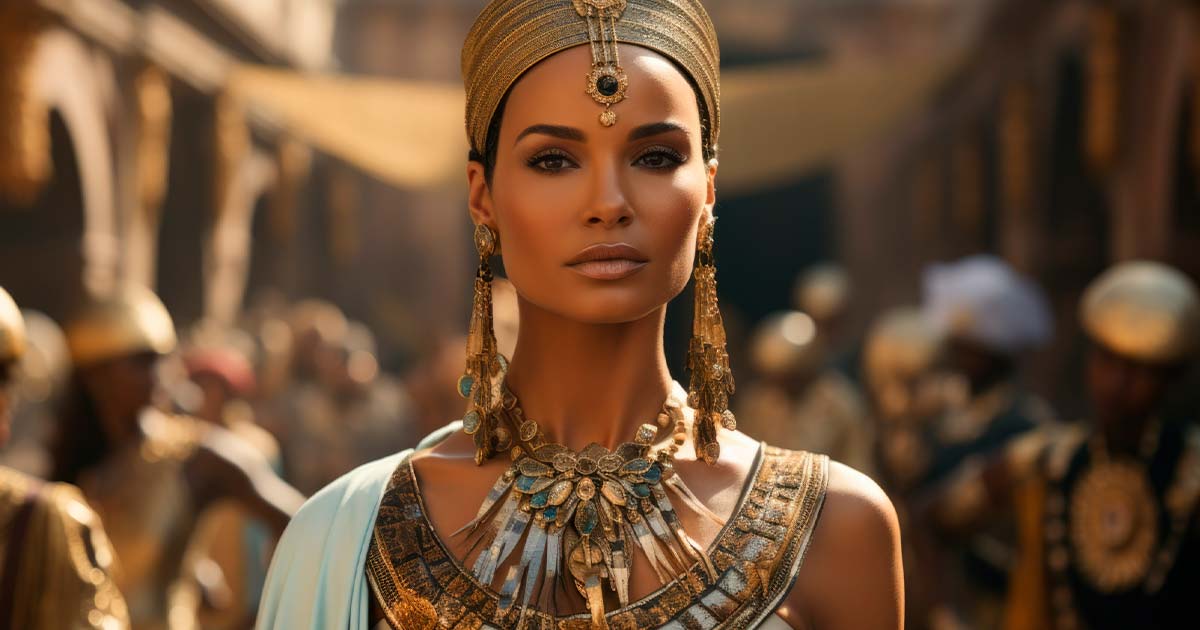What Hieroglyphics Say About the Women of Ancient Egypt (Video)
In the midst of Karnak's grandeur and prosperity, there's a revelation that challenges conventional wisdom. Images etched on tomb walls unveil a remarkable narrative of female influence in ancient Egypt. Chief Steward Neferhotep, a symbol of wealth and authority, did not hold the ultimate sway over Karnak's riches. Instead, the hieroglyphics on another tomb expose the true orchestrator of this opulence, Papasa, a successor to Neferhotep. Papasa stands humbly behind a superior figure, an embodiment of reverence, offering tribute to the gods. These hieroglyphs confirm her as the controller of Karnak and its magnificent wealth, donning the esteemed title of "God's Wife of Amun."
These women were not mere priestesses but the divine consorts of the god Amun, akin to medieval Popes in their dual role as spiritual leaders and wielders of substantial temporal wealth. Dr. Miriam Ayat, an Egyptologist, has tirelessly researched this overlooked narrative. These elite women, bridging the sacred and the secular, had profound religious significance and royal connections, much like the godswife of Amun, a revelation that underscores the multifaceted power dynamics of ancient Egypt.
- The Awe-Inspiring Karnak Temple Complex and Vatican of Ancient Egypt
- Feminism and the Battle for Women’s Rights in Ancient Egypt
Top image: Ancient Egyptian woman. Source: Denis / Adobe Stock.

















